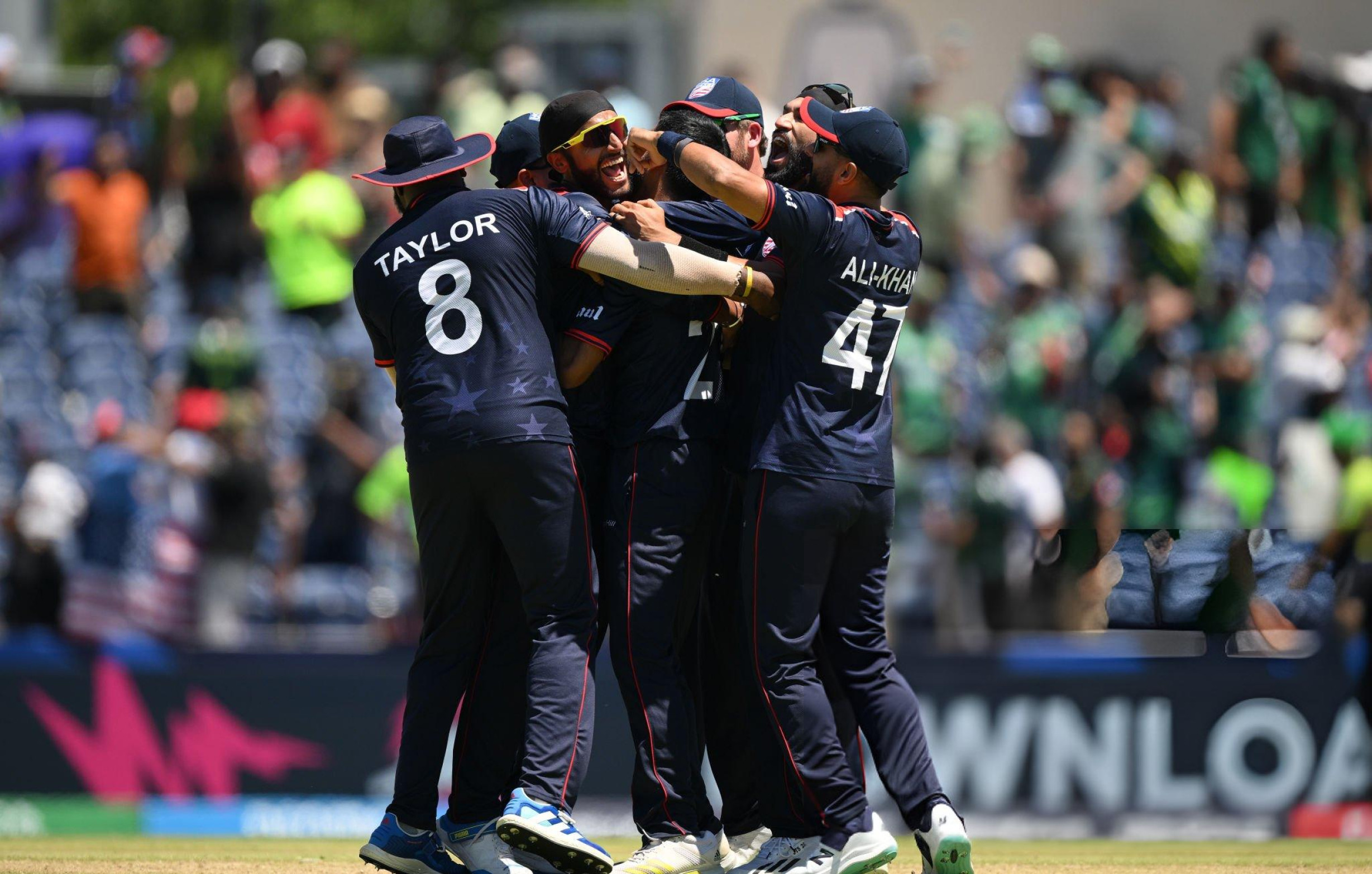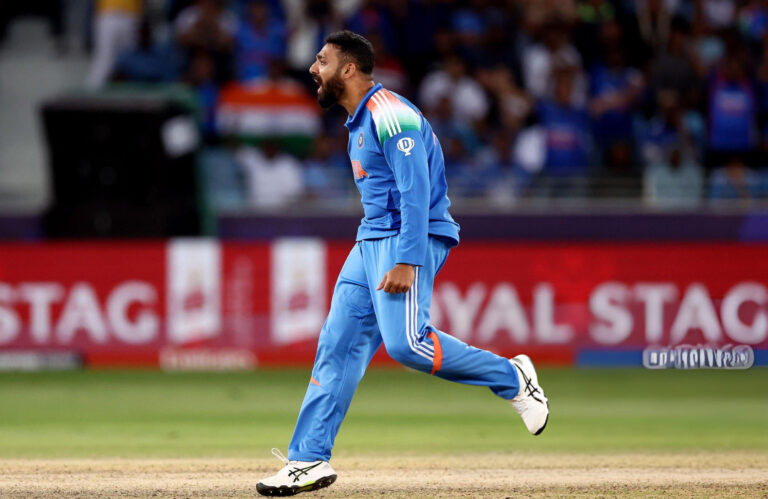
Cricket has evolved far beyond traditional nets and practice sessions. Today, player training is a blend of science, technology, and analytics, taking place in specialized cricket labs designed to optimize performance, prevent injuries, and develop all-round athletes. From grassroots academies to professional teams, cricket labs are transforming how players train, learn, and perform on the field.
In this blog, we explore how cricket labs redefine player training, enhance performance, and prepare athletes for the modern demands of the game.
1. The Concept of Cricket Labs
A cricket lab is a high-tech facility where players undergo comprehensive training using data-driven tools, fitness assessments, and technology-assisted drills. These labs combine:
- Biomechanics analysis to study body movement.
- Fitness and conditioning programs tailored to player roles.
- Data analytics for performance tracking.
- Injury prevention protocols for long-term career sustainability.
Cricket labs go beyond skill practice—they create scientifically optimized athletes, capable of excelling in all formats of cricket.
2. Performance Assessment
The first step in a cricket lab is assessing a player’s baseline performance:
- Batting Analysis: Tracking footwork, shot timing, and bat swing mechanics.
- Bowling Assessment: Evaluating speed, accuracy, spin, and arm action.
- Fielding Skills: Measuring reflexes, agility, and catching efficiency.
- Fitness Levels: Strength, endurance, flexibility, and body composition are measured.
By understanding these metrics, coaches can personalize training programs, focusing on areas that need improvement while reinforcing strengths.
3. Biomechanics and Motion Capture
Cricket labs use biomechanical technology and motion capture systems to study players’ movements in detail:
- High-Speed Cameras: Track body motion frame by frame.
- Sensors and Wearables: Monitor angles, force, and speed of limbs during batting, bowling, and fielding.
- 3D Modeling: Visualizes movements to identify inefficiencies or risks of injury.
This allows players to correct technical flaws, improve efficiency, and minimize injury risks during high-intensity matches.
4. Fitness and Conditioning Programs
Cricket labs emphasize role-specific conditioning:
- Batsmen: Focus on upper body strength, rotational power, and core stability for long innings.
- Fast Bowlers: Prioritize lower body strength, flexibility, and cardiovascular endurance for sustained pace and accuracy.
- Fielders: Train for agility, speed, and reflexes, improving reaction times and dive efficiency.
Performance labs combine weight training, cardio, plyometrics, and functional exercises to ensure players are in peak condition for competitive cricket.
5. Technology-Driven Skill Enhancement
Modern cricket labs integrate smart technology into training sessions:
- Ball Tracking Systems: Hawk-Eye and similar tools help analyze bowling lines, swing, spin, and trajectory.
- Bat Sensors: Measure shot impact, timing, and power.
- Virtual Reality (VR) Simulations: Allow batsmen and bowlers to practice against virtual scenarios, replicating match pressures.
- AI Analytics: Provide insights on strengths, weaknesses, and predicted outcomes for strategic improvement.
These tools make training scientifically guided and measurable, allowing players to quantify progress.
6. Mental Conditioning
Cricket labs also focus on mental fitness, recognizing its importance in high-pressure matches:
- Cognitive Drills: Enhance focus, decision-making, and situational awareness.
- Visualization Techniques: Prepare players for different match scenarios.
- Stress Management: Meditation and breathing exercises improve resilience during tense moments.
Mental conditioning ensures players maintain composure, make smart decisions, and recover quickly from setbacks.
7. Injury Prevention and Recovery
Player longevity is a critical concern in cricket, and labs address this through:
- Load Management: Monitoring bowling workloads and running intensity to prevent overuse injuries.
- Recovery Tools: Cryotherapy, hydrotherapy, and physiotherapy accelerate healing.
- Movement Screening: Identifies biomechanical imbalances to prevent strain and stress injuries.
By integrating science and technology, cricket labs keep players fit, reduce downtime, and enhance overall performance.
8. Data Analytics and Performance Tracking
Data analytics is the backbone of modern cricket labs:
- Performance Dashboards: Track batting averages, bowling speeds, strike rates, and fitness metrics.
- Predictive Analysis: Forecast player performance and suggest adjustments for upcoming matches.
- Custom Training Plans: Data-driven insights allow coaches to design role-specific programs with measurable goals.
Players and coaches can now monitor progress objectively, making continuous improvement a central part of training.
9. Impact on Modern Cricket
Cricket labs have changed the way players train and compete:
- Consistency in Performance: Scientific training ensures players peak during tournaments.
- Reduced Injuries: Injury prevention protocols extend careers.
- Enhanced Skill Development: Technology-driven feedback helps refine techniques faster than traditional methods.
- Strategic Advantage: Data insights give teams a tactical edge in match planning.
From international stars to emerging talent, cricket labs are key to developing world-class players.
Conclusion
The cricket lab represents the fusion of science, technology, and sport, redefining how players train, perform, and recover. By combining fitness assessment, biomechanics, data analytics, mental conditioning, and injury prevention, these labs create cricketers who are stronger, faster, smarter, and more resilient.
In today’s era of high-speed cricket, success is no longer just about talent—it’s about preparation. Cricket labs ensure that players are battle-ready, with every delivery, shot, and catch backed by science and precision. As the game continues to evolve, cricket labs will remain at the heart of player development, shaping the champions of tomorrow.


